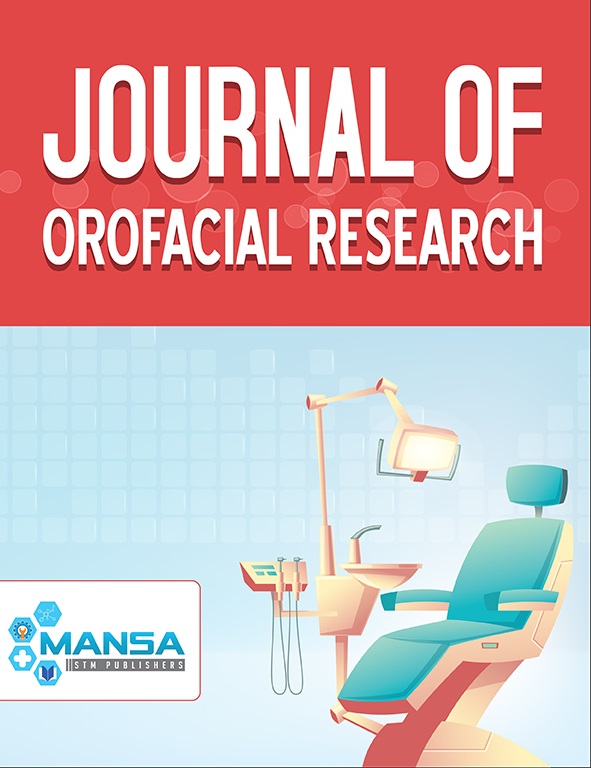Extraction as an indicator of dental oral health of a population
Keywords:
extraction, periodontal diseases, caries, oral health indicatorAbstract
Introduction: In dental clinics, the dental extraction is one of the most routine procedure. There are a number of reasons to extract a tooth, but based on the literature, the main reasons listed are: caries, periodontal diseases and extraction for further orthodontic treatment. Material and methods: This was a retrospective study carried out at one of the largest clinics in the country. 327 clinical cases documented with periapical radiographs were included in the study and were analyzed in detail to find the reason of extraction. Once identified radiographic reasons for extraction, scored individual ones of the three major groups: endodontic reasons, periodontal reasons and other reasons. Results: The first group represented by 50% of extractions, with caries as primary cause. The second group represented by 30% of extractions, with periodontal diseases as the primary cause. Group III represented by 20% of extractions with many different reasons, other than those two above groups. Caries was the main cause for extraction in the age group 20-40 years and above 70 years, whereas in the age 40-70 years old more than 50% teeth were extracted because of periodontal reasons. Conclusion: The financial cost of replacing an extracted tooth, as with prosthetic methods or with implants, has led the extraction to be evaluated as the first choice in the absence of funds; having devoted more attention to improving oral hygiene, the use of prophylactic methods, as well as more detailed analysis in finding alternative treatments, which lead to increased longevity of a tooth.

